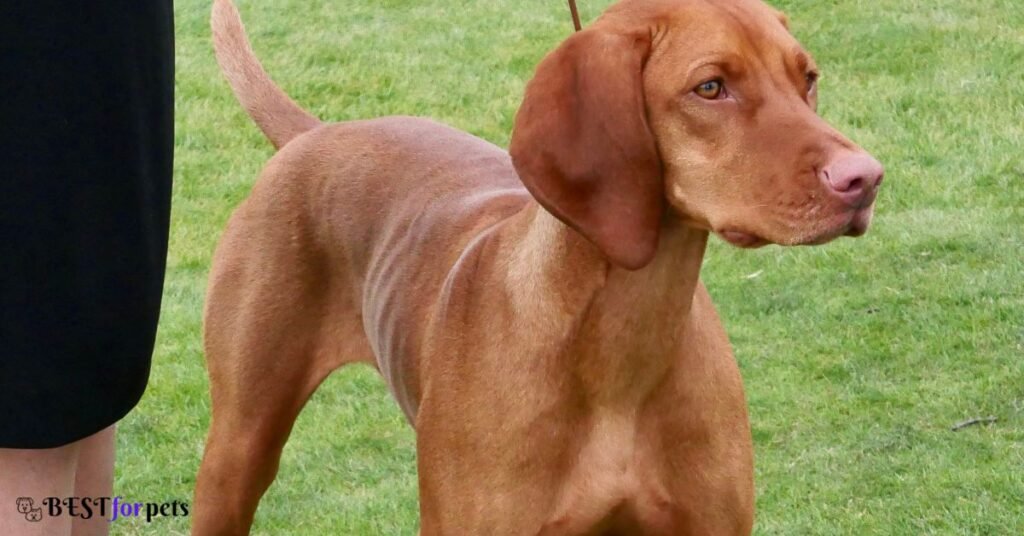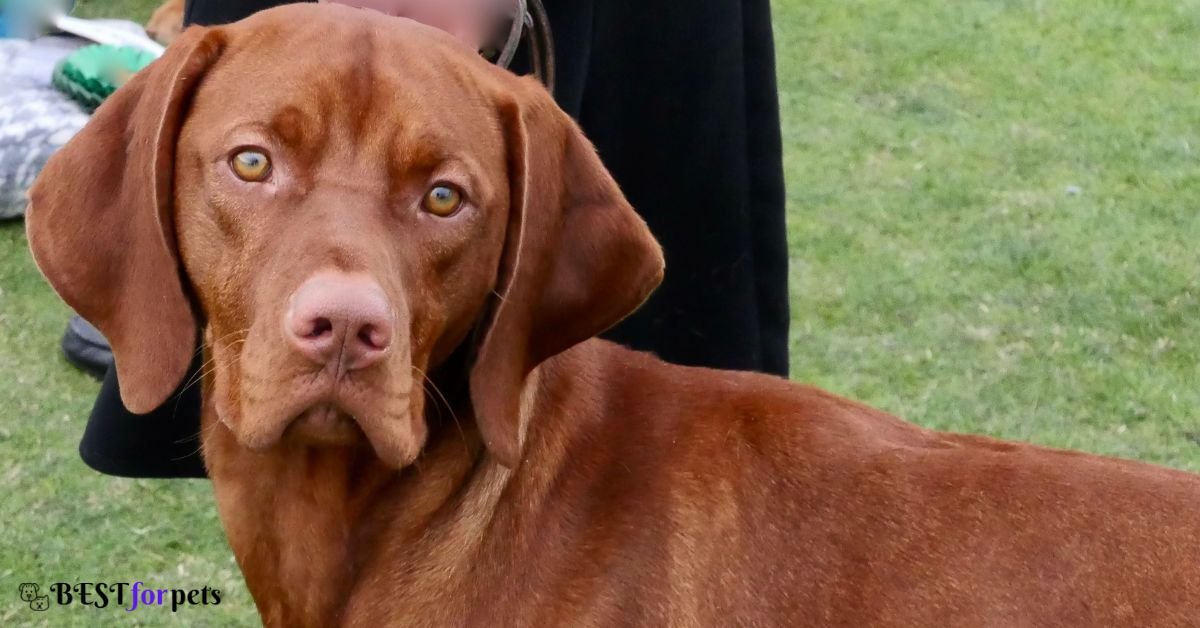//Prices//
Vizsla Dog Price In India
The price of a Vizsla dog in India can vary depending on factors such as the breeder’s location, reputation, and the dog’s lineage. On average, Vizsla dog price in India can range between Rs 50,000 ($ 608) to Rs 1,50,000 ($1824) from a reputable breeder.
Various Factors That Affects The Price Of Vizsla Dog
The price of a Vizsla Dog, or Pomeranian, can vary depending on several factors. Here are some of the main factors that can affect the price of a Vizsla Dog:
Breeder Reputation:
The reputation of the breeder can have a significant impact on the price of a Vizsla Dog. A reputable breeder with a long history of producing high-quality puppies can charge more for their puppies than a breeder with a lesser-known reputation.
Pedigree:
The pedigree of a Vizsla Dog can also affect its price. Pomeranians that come from a long line of champions or have a rare or desirable coat color or pattern can command a higher price than those with less impressive pedigrees.
Age:
The age of a Vizsla Dog can also affect its price. Puppies are typically more expensive than adult dogs because they require more care and training. Older dogs may also be less expensive because they are less in demand.
Gender:
The gender of a Vizsla Dog can also affect its price. Female Pomeranians are typically more expensive than males because they are in higher demand for breeding purposes.
Coat Color:
The color of a Vizsla Dog’s coat can also affect its price. Rare or unusual coat colors, such as blue or merle, can command a higher price than more common colors such as orange or cream.
Geographic Location:
The location of the breeder or the dog’s current location can also affect its price. Pomeranians in high-demand areas, such as large cities or areas with a high concentration of dog owners, may be more expensive than those in less populated or rural areas.
An Introduction To Vizsla Dog
History of Vizsla Dog
The Vizsla dog is a breed that has a rich and fascinating history. The exact origins of the breed are unclear, but it is believed that Vizslas were developed in Hungary in the 10th century. They were used as hunting dogs by the Magyar tribes, who valued their excellent hunting skills, agility, and intelligence.
In Hungary, the Vizsla was known as the “yellow pointer” due to their distinctive golden coat and pointing abilities. The breed was popular among Hungarian nobles and was often depicted in paintings and other artwork from the time.
During the 18th and 19th centuries, Vizslas became increasingly popular among Hungarian hunters and were used to hunt game birds, rabbits, and other small game. The breed’s popularity continued to grow, and by the early 20th century, Vizslas had become one of the most popular breeds in Hungary.
Unfortunately, the breed almost went extinct during World War II, when many Vizslas were killed or taken by soldiers. After the war, a few dedicated breeders worked to save the breed, using the remaining Vizslas to rebuild the population. They were able to successfully revive the breed, and today Vizslas are popular as both hunting dogs and family pets around the world.
In 1960, the Vizsla was recognized by the American Kennel Club (AKC), and the breed has since become increasingly popular in the United States. Today, Vizslas are recognized as one of the most beloved and versatile breeds, with a loyal following of dedicated owners and breeders.
Appearance of Vizsla Dog
Vizsla dogs are medium-sized breeds that typically weigh between 45 and 65 pounds and stand around 21 to 24 inches tall at the shoulder. They have a distinctive appearance, with a short, smooth coat that comes in a reddish-gold color. The coat is often described as rust or copper-colored and has a glossy shine.
The Vizsla’s coat is very short and does not require much grooming, although they do shed seasonally. They have a muscular, athletic build with a deep chest and long, powerful legs. Their ears are long and hang down, and their tails are usually docked to about one-third of their original length.
One of the most striking features of the Vizsla is their expressive eyes, which are large and usually a shade of brown or amber. They have a regal, aristocratic appearance that gives them an air of elegance and grace.

Vizsla Dog temperament
Vizsla dogs are known for their friendly, affectionate, and outgoing personalities. They are highly social dogs that love spending time with their owners and thrive on human interaction. Vizslas are very loyal and form strong bonds with their families, often following them around the house and wanting to be close to them at all times.
Vizslas are also very intelligent and trainable. They have a natural instinct to please their owners and are eager to learn new things. They are great with children and make excellent family pets, as they are gentle and patient with kids of all ages.
As hunting dogs, Vizslas have a strong prey drive and may chase after small animals. They require plenty of exercise and mental stimulation to keep them happy and healthy. Vizslas are athletic dogs that enjoy running, hiking, and playing games like fetch.
While Vizslas are generally friendly and outgoing, they can be wary of strangers. Proper socialization and training from a young age can help them become more confident and comfortable around new people.

Frequently Asked Questions
Are Vizslas good with children?
Yes, Vizslas are generally good with children when socialized properly. They are known for their friendly and affectionate personalities and can make great family pets.

